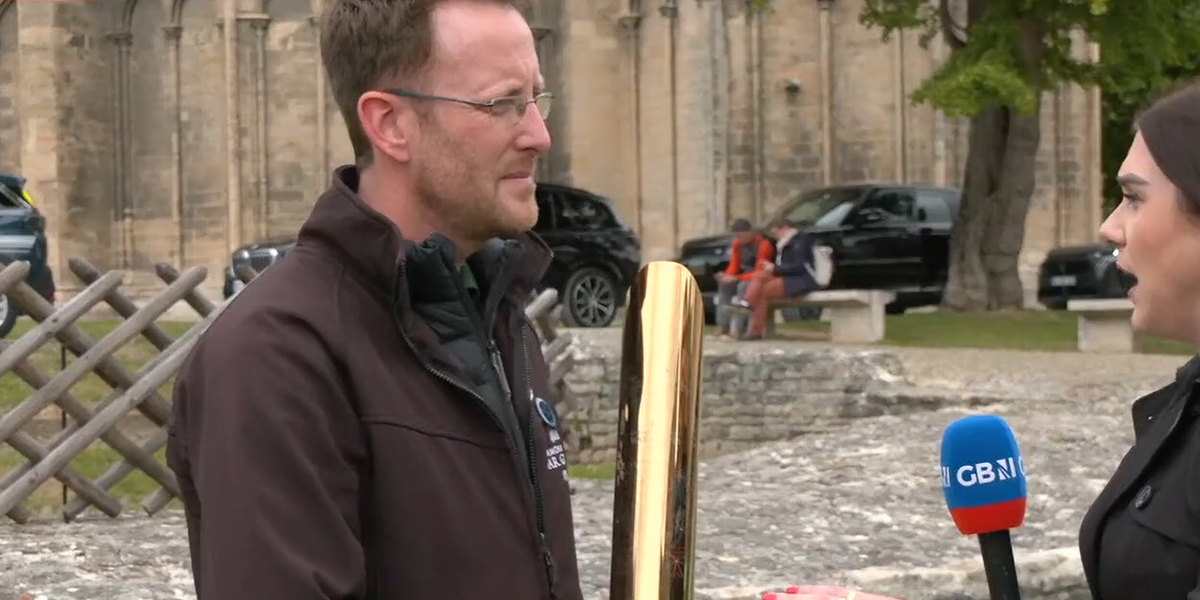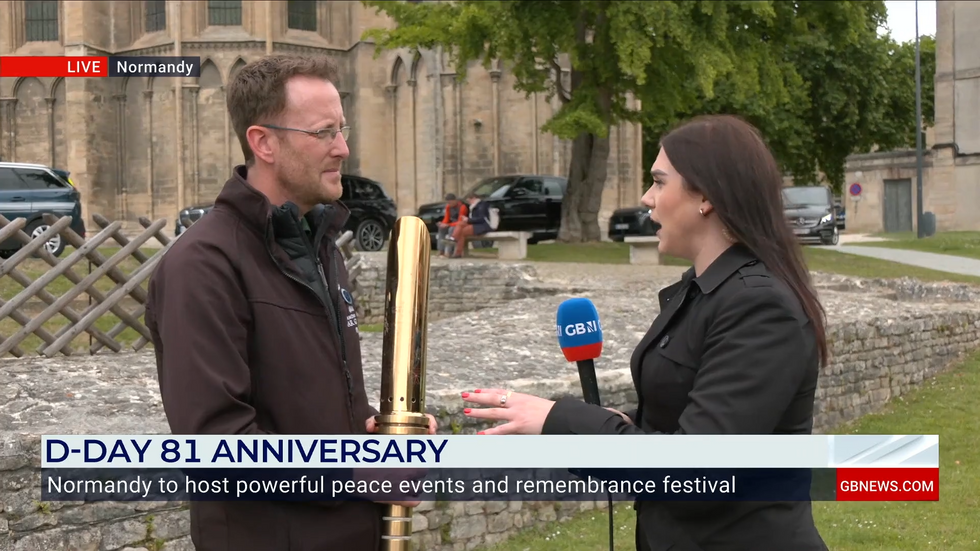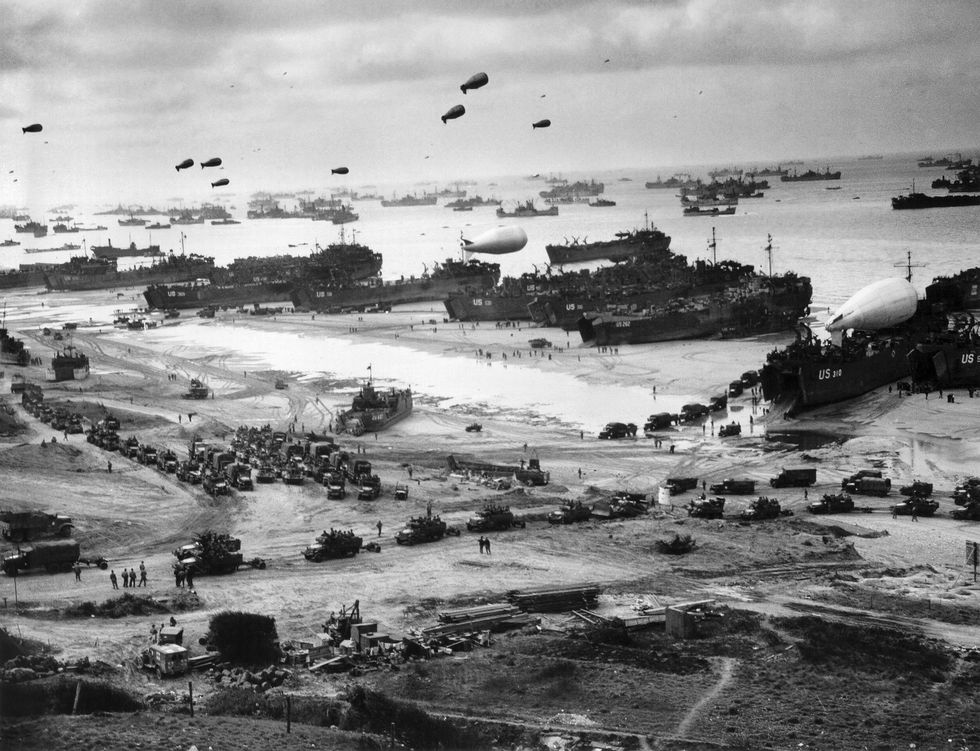



The Commonwealth War Graves Commission has unveiled a new commemorative symbol designed to preserve the memories of D-Day veterans as their numbers dwindle.
The Torch for Peace will feature prominently in this evening's cathedral service marking the 81st anniversary of the Normandy landings.
Simon Bendry, director of the Commonwealth War Graves Commission, revealed the torch whilst speaking to GB News about the organisation's efforts to ensure veterans' stories survive beyond living memory.
"The key thing is sharing the stories, passing these stories onto new generations so that it's not just the memories of those who were living and knew the individuals we commemorate, but passing on those stories to new generations," he said.

Simon Bendry, director of the Commonwealth War Graves Commission, revealed the torch w
GB NEWS
The commission has also launched a digital platform called Forevermore, which allows the public to upload stories and memories.
The torch features several symbolic design elements that create a tangible connection to Commonwealth war graves around the world.
"This is the Commonwealth War Graves Commission's Torch for Peace," Bendry explained whilst displaying the object.
"It has been designed to replicate a First World War trench, with a shell casing, and it's engraved with the flowers and fauna of remembrance from different nations."
The torch incorporates six stone ring inserts made from Portland stone, the same material used in war graves across the globe.
"This ensures that, when you're handling it, you have a physical connection to the graves themselves," Bendry noted.
These design choices transform the torch from a mere symbol into a physical link between those who remember and those who sacrificed their lives on the beaches of Normandy and beyond.
The torch draws its inspiration from the First World War poem "In Flanders Fields" by John McCrae, particularly the lines about passing on remembrance to future generations.
It has been inspired by the First World War poem In Flanders Fields, where John McCrae talks about passing a torch to new generations.
The unveiling comes as D-Day veterans, now mostly centenarians, return to Normandy's beaches where Allied forces launched their historic invasion 81 years ago.
 Aerial shot of the D-Day landingsGETTY
Aerial shot of the D-Day landingsGETTY
Nearly two dozen veterans who served in Europe and the Pacific are commemorating their fallen comrades this week on the same shores where so much blood was spilled.
Among them is 101-year-old Arlester Brown, who served in a laundry unit during the war when the US military was still racially segregated.
Brown, drafted in 1942 at age 18, accompanied Allied advances through France and the Low Countries into Nazi Germany.
The veterans acknowledge this may be one of their final visits to Normandy, making the Commonwealth War Graves Commission's efforts to preserve their stories increasingly vital.
